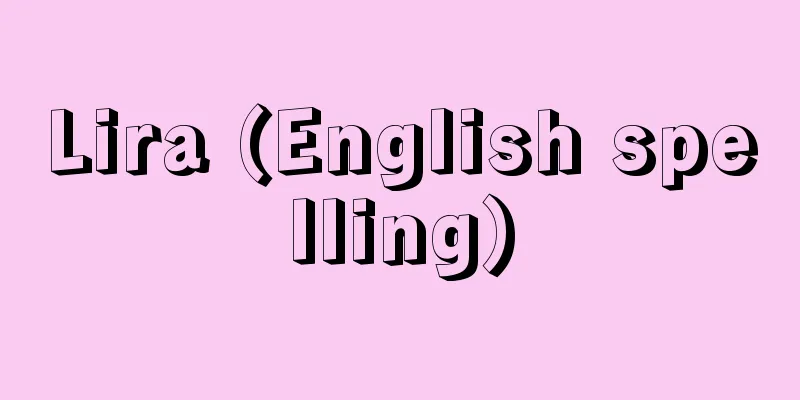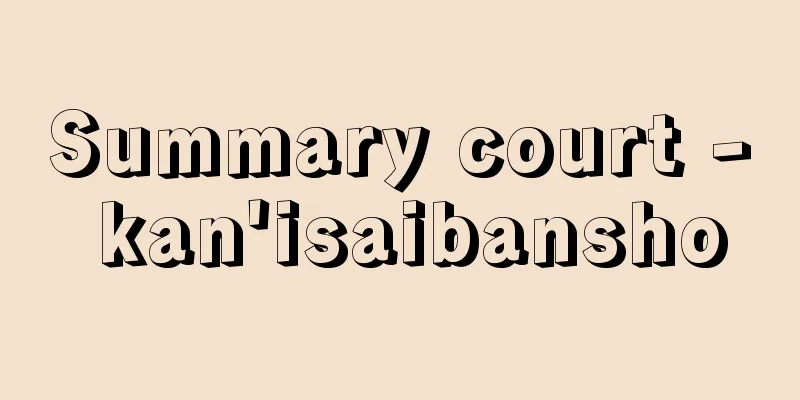Lira (English spelling)

The Italian currency. One lira (abbreviated as L) is divided into 100 centesimi. The lira itself dates back to the 15th century, but the Italian lira is said to have originated in 1816. During this time, the lira evolved into the Turkish lira, the Vatican lira, and others, but the lira generally refers to the Italian lira. The issuing bank has been the Banca d'Italia since June 1926. The IMF parity set in March 1960 was 0.00142187g of pure gold per lira (1 US dollar = 625 lira), but due to the weakness of the Italian economy, the lira has been in a constant state of weakening, and its depreciation against the dollar in the six years since the Smithsonian Agreement was about 33%, the largest among major currencies. After the launch of the European Monetary System (EMS) in 1979, it participated in a 6% wide band until 1990, and since 1991 in a 2.25% narrow band. In September 1992, it left the ERM due to a currency crisis, but returned in 1996. In 1997, a 500,000 lira note featuring a painting by Raphael was issued as the last new banknote issued before joining the monetary union of the European Union (EU). When the euro was introduced in January 1999, the exchange rate was 1 euro = 1936.27 liras. Lira |
イタリアの通貨単位。1リラ (Lと略称) は 100チェンテシミ centesimi。リラそのものの起源は 15世紀であるが,イタリアリラの起源は 1816年といわれる。この間リラはトルコリラ,バチカンリラなどに分化したが,通常リラと呼ぶときはイタリアリラをさす。発券銀行は 1926年6月以降イタリア銀行 Banca d'Italiaである。 60年3月設定の国際通貨基金 IMF平価は1リラあたり純金 0.00142187g (1米ドル=625リラ) であったが,イタリア経済のもつ弱体性により,リラはほぼ恒常的に弱化傾向にあり,スミソニアン協定以後6年間の対ドル減価率は約 33%で主要国通貨中最大であった。 79年のヨーロッパ通貨制度 EMS発足後から 90年までは6%のワイダーバンドで,91年以降は 2.25%のナローバンドで参加している。 92年9月には,通貨危機のため為替相場メカニズム ERMから離脱したが,96年復帰。 97年にはヨーロッパ連合 EUの通貨統合参加前の最後の新札発行として,ラファエロの絵画をデザインした 50万リラ札が発行された。 99年1月のユーロ導入に際しては1ユーロ=1936.27リラの交換レートとなった。
リラ
|
Recommend
Ube Shrine
Located in Kokufu-cho, Tottori City. Enshrining T...
Loess Plateau - Kodokougen
The plateau of northern China, most of which is c...
Amabiki Kannon - Amabiki Kannon
A common name for Amabikiyama Rakuhoji Temple in ...
Child Labor/Juvenile Labor
In a broad sense, child labor refers to work done ...
Shumei Okawa
The theoretical leader of the Japanese fascist mo...
Chemical change
It is a process in which substances interact with...
Oominoga - Oominoga
A moth belonging to the order Lepidoptera and the...
ēchos (English spelling) echos
…Byzantine musical notation can be divided into t...
Livestock Infectious Disease Prevention Law
Law No. 166 of 1951. This law was enacted to promo...
Fagaceae
...Furthermore, it is said that if beech nuts gro...
Hanseatic League
The Hanseatic League was a league of cities, main...
Book lover - Aishoka
...People who have this hobby are called biblioph...
Tanaka Kotaro
A legal scholar born in Kagoshima Prefecture. Gra...
Mizunami [city] - Mizunami
A city in southern Gifu Prefecture. It was incorpo...
Pyrosulfuric acid
...The chemical formula is H 2 S 2 O 7 . It is al...









